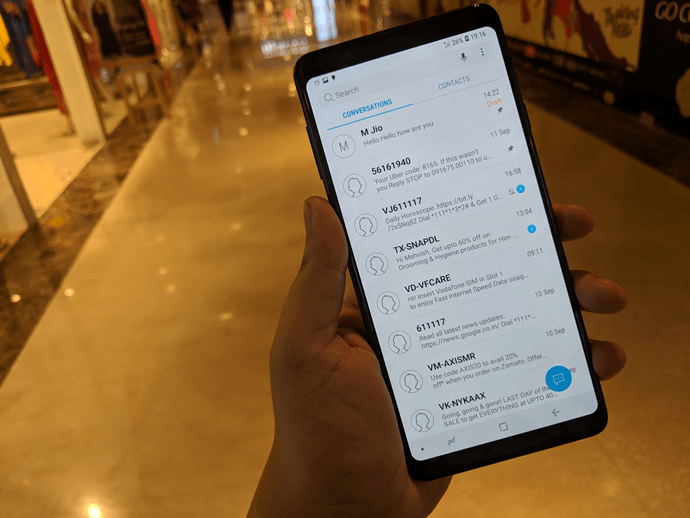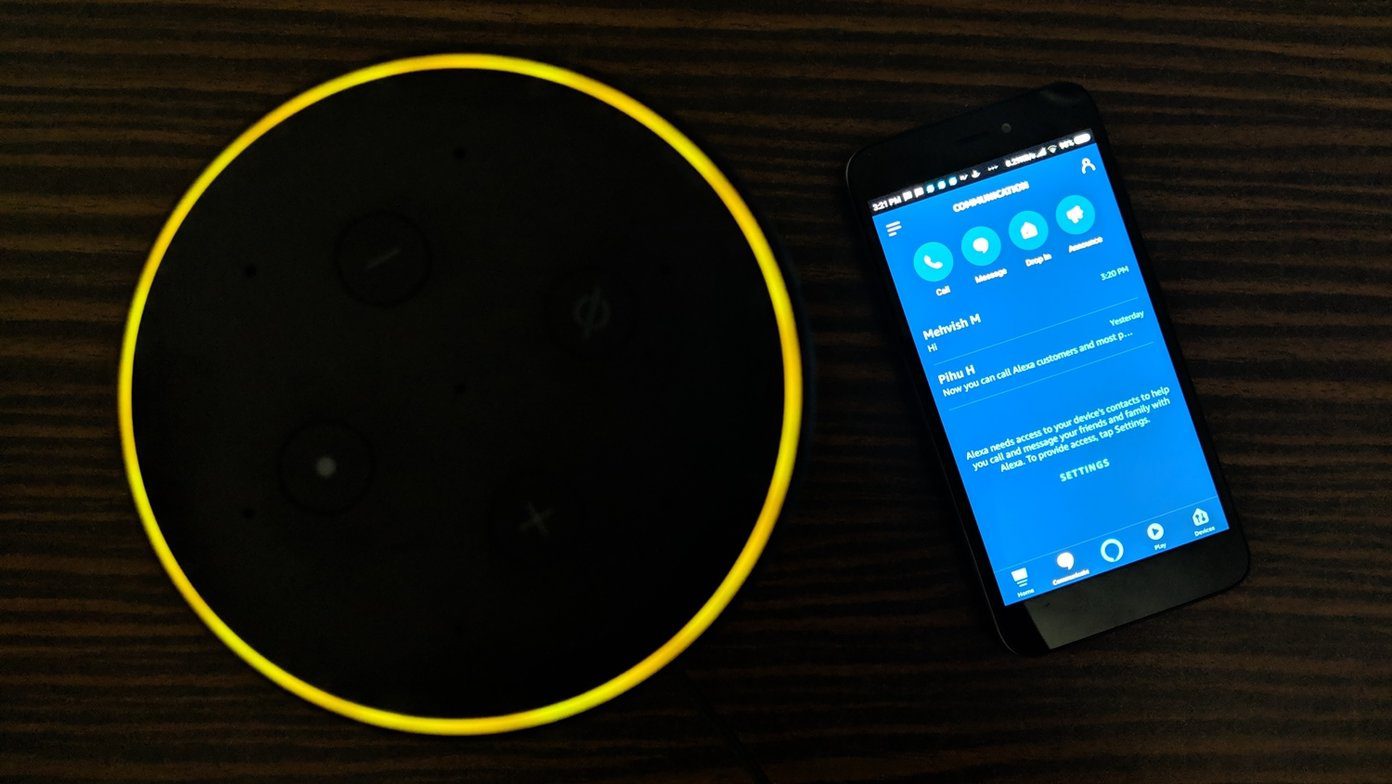Google is one of the most popular go-to tools when anyone are trying to figure something out on the web. However, bots and by extension messaging bots also have a part to play.
What Exactly is a Bot?
With the current state of the technology, the definition of which probably is best suited for a bot is as follows; an artificially intelligent piece of software which is able to provide useful information at the request of a person with as little human intervention as possible. I made sure to specify that some human intervention may be needed since there are some tasks where bots need this intervention in order to be effective. Bots have been around for a while but have seen a recent surge in popularity, especially with messaging applications such as WeChat. With WeChat, bots can be used to carry out tasks such as hailing a taxi or making a restaurant reservation. One of the earlier bots to have ever existed goes by the name ELIZA. ELIZA was released around 1966 and was capable of mimicking human-like interactions. It can be found online here. Bots in WeChat are examples of messaging bots and this is the type of bot that seems to be all the rage these days.
Examples
One notable implementation of a messaging bot is Slackbot found within the popular team messaging app Slack. It is capable of giving automated responses to users. Facebook has also shown that they are very interested in messaging bots and they subsequently announced the launch of their chat bot API for Messenger at their F8 developer’s conference in April of 2016. Messenger’s bots allow for intelligent interactions where users can interact through a combination of text, pictures and buttons in order to do things like shop, check the news or even check the weather. Bots are essentially another way to interact with the information on the internet. Similarly to how we can carry out a search on Google in order to find the information we are looking for, we can use a bot to get information from a specific bot.
Why Bots?
As we know there is an app for everything but can it be said that there are too many apps? Are we suffering from an app overload? It seems that most people only make use of a few apps on their phone daily. The top mobile apps of 2015 were dominated by Facebook, Google and Apple. Other messaging apps such as Telegram and Line are also quite popular. These companies are proposing an all-in-one solution where persons don’t need to venture away from their favorite apps in order to carry out tasks which they would have typically carried out using a website or an app. If bots become adopted widely enough then these messaging apps could become like the Swiss Army knives of the internet.
Conclusion
Bots aren’t intelligent enough to operate completely autonomously as yet and they are not capable of understanding everything we ask. In some cases, companies use human operators to step in where bots are not capable of operating. They can, however, make certain tasks easier that we would have spent too much time on using the web to carry out. For example, instead of carrying out a search on the web for restaurants to grab lunch from, maybe something like Lunchbot that is available to everyone could make suggestions as to where to get lunch from. Hi Poncho is capable of sending automatic weather updates so that you don’t necessarily have to think about checking your phone for the weather. There is a lot of rave about bots right now and they will probably see a lot of development in the coming months. To sum up, don’t expect bots to do your jobs for you but they have shown promise in making certain tasks easier. So let’s see what the future holds for bots and how big a part they will play in our future. ALSO READ: How to Enhance Your FB Messenger Experience with Chatbots The above article may contain affiliate links which help support Guiding Tech. However, it does not affect our editorial integrity. The content remains unbiased and authentic.














